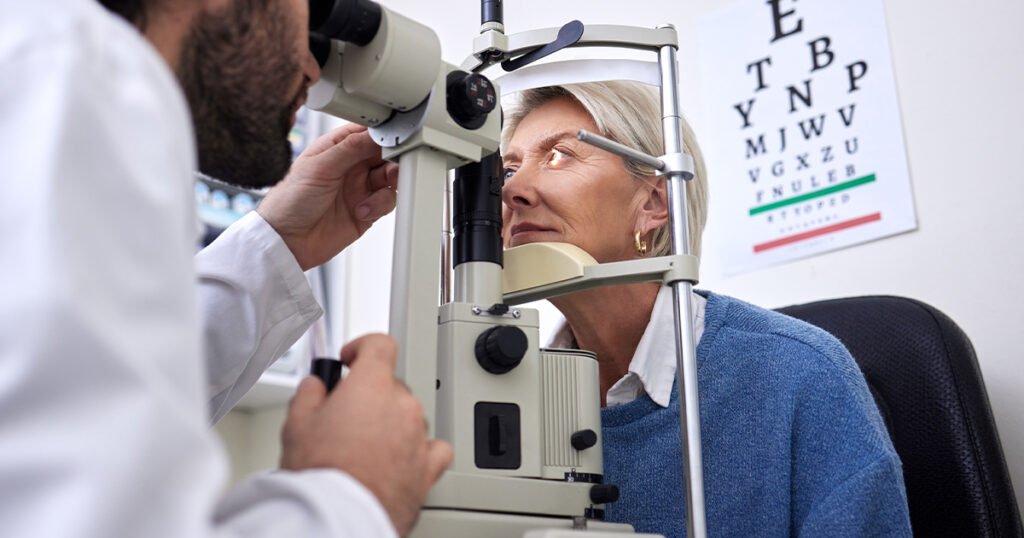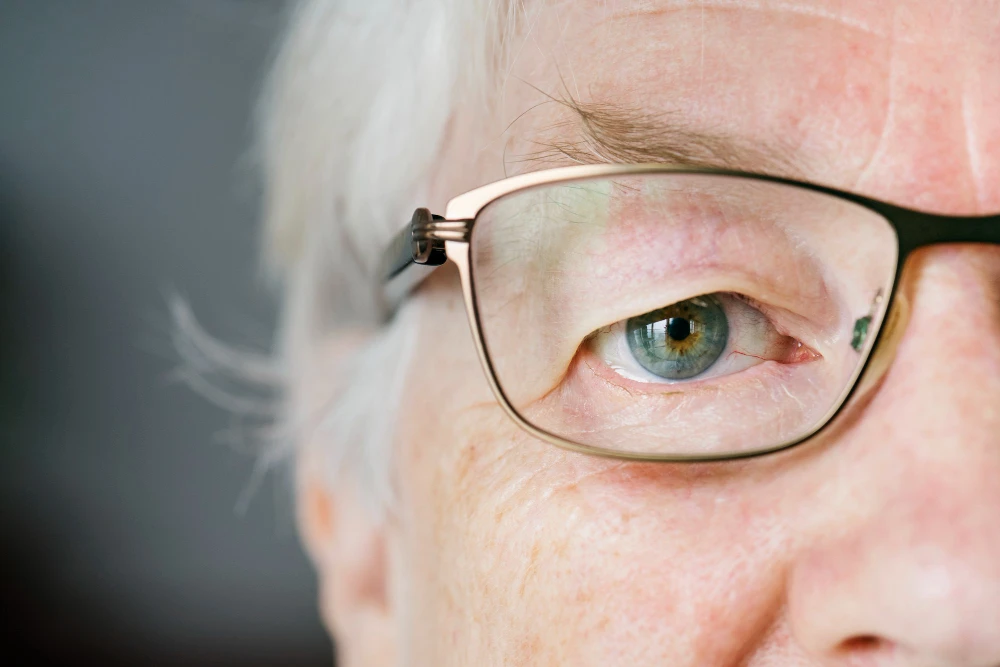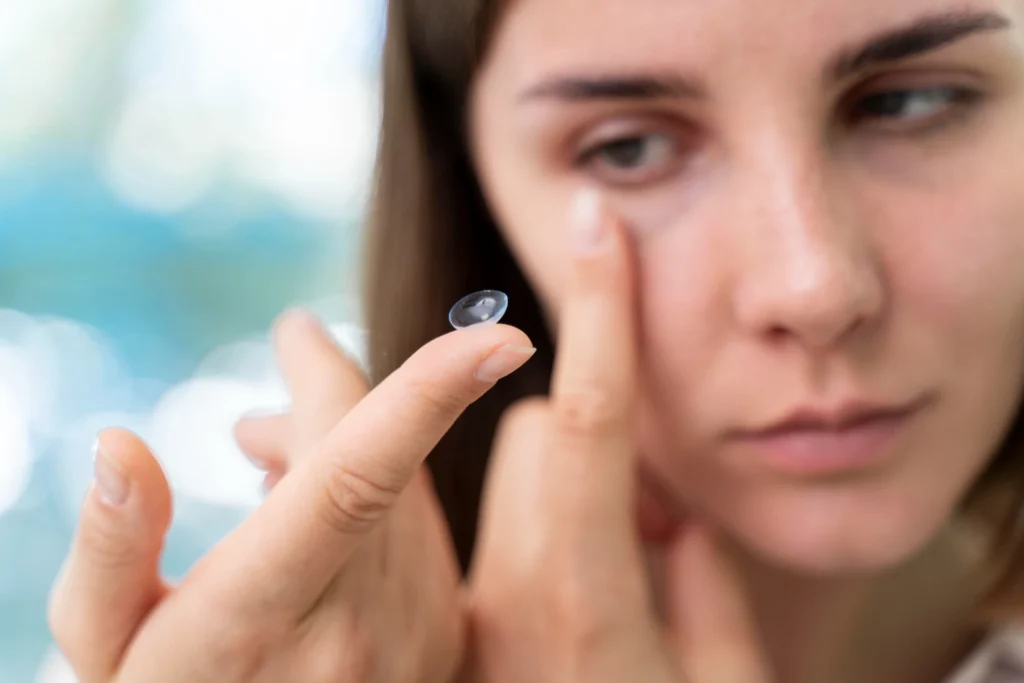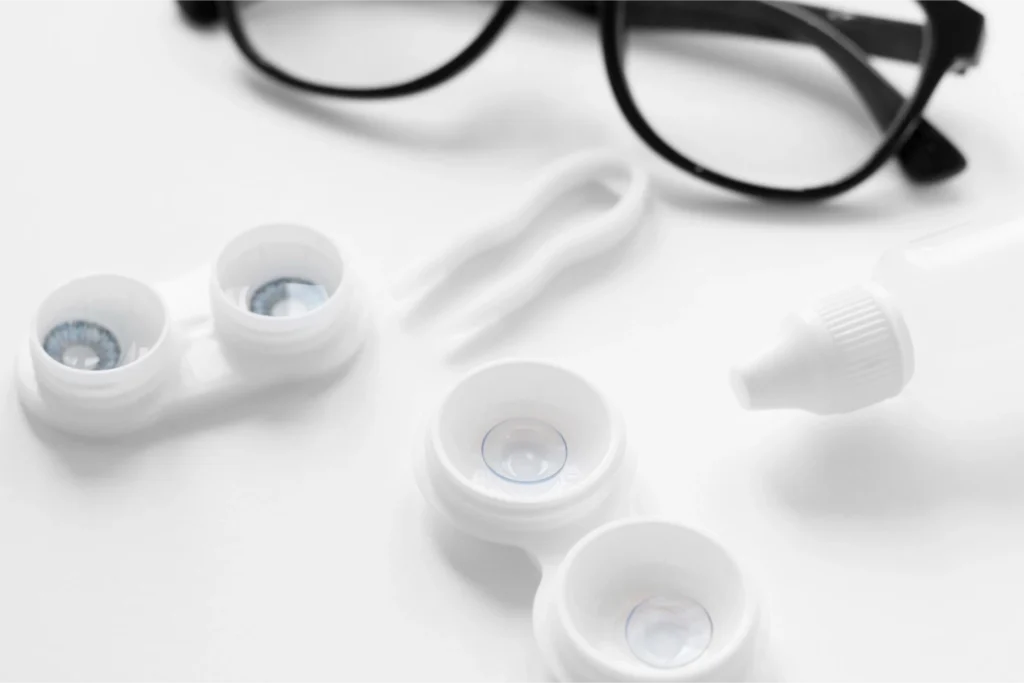If you’re planning an eye check-up and wondering how long it might take, most eye exams usually last between 30 to 60 minutes. The exact eye exam duration can vary depending on whether you’re a new patient, getting a comprehensive eye exam, or if your appointment includes eye dilation or a contact lens fitting.
In this blog, we’ll explain what happens during an eye exam, how long different types take, and how you can prepare for your visit so you know exactly what to expect before you arrive. The comprehensive eye exams combine careful testing with efficient procedures to give you accurate results without unnecessary delays.
What Happens During an Eye Exam?
During comprehensive eye exams, the process usually begins with sharing your medical and vision history. Then, preliminary tests are done, such as a visual acuity test (reading an eye chart), an eye pressure test for glaucoma, and an autorefractor measurement to estimate your prescription.
Next, your optometrist performs a refraction test to fine-tune your prescription, checks eye alignment, and evaluates depth perception and color vision. Additional tests like visual field testing, slit lamp examination, or retinal imaging may be included to assess eye health and detect diseases. Finally, your doctor reviews the results, discusses whether you need new glasses, and provides recommendations for lenses or frames.
How Long Does an Eye Exam Take?
The length of your eye exam depends on the type of appointment and what’s included. A routine vision test usually takes 20 to 30 minutes, while a comprehensive eye exam can last 45 to 60 minutes because it includes detailed checks like the refraction test, eye pressure test, and slit-lamp examination. If your eye doctor recommends eye dilation or a contact lens fitting, plan for about 15 to 30 extra minutes to complete those steps comfortably.
First-time patients might need a bit longer since the clinic will review your health history, verify insurance benefits, and note details such as current medications or past eye injuries. This ensures your eye care professional can provide an accurate prescription for glasses or contact lenses and perform a thorough assessment of your eye health, helping maintain clear, comfortable, and healthy vision.
Eye Exam With Dilation
A dilated eye exam gives your doctor a clearer view of your retina and optic nerve to check for signs of conditions like glaucoma, diabetic eye disease, or cataracts. The dilation drops take about 15–30 minutes to take effect, and your close-up vision may stay blurry for a few hours. Since your pupils remain enlarged, bring sunglasses to protect against bright light and avoid driving until your vision returns to normal.
How Long Will My Pupils Stay Dilated
Your pupils typically stay dilated for 4 to 6 hours, though this can vary depending on the type of drops used and your natural eye color; lighter eyes may remain dilated slightly longer. During this time, you may experience light sensitivity and temporary blurriness, so it’s best to rest your eyes and avoid tasks that require sharp focus until your vision fully recovers.
Eye Exam Duration by Type (Quick Comparison)
Not all eye exams take the same amount of time. Some are quick and simple, while others require more detailed testing. To help you plan your visit, here’s a quick comparison of how long each type of eye exam typically lasts.
| Type of Exam | Average Duration | Notes |
| Routine Vision Exam | 20–30 min | Basic vision test |
| Comprehensive Exam | 45–60 min | Full eye health assessment |
| Contact Lens Exam | +15–20 min | Includes contact lens fitting |
| Pediatric Eye Exam | 30–45 min | Tests for binocular vision or lazy eye |
| Diabetic Eye Exam | 45–60 min | Includes retinal imaging and a glaucoma test |
Factors That Affect How Long an Eye Exam Takes
The duration of an eye exam isn’t the same for everyone. Several factors can influence how long your appointment lasts, from your overall eye health to the type of tests your optometrist performs. Some exams require more detailed assessments or additional imaging, which can extend your visit slightly but also ensure more accurate results and better long-term eye care.
Here are some of the main factors that can affect how long your eye exam takes:
- Type of Exam: A routine vision test is usually quicker than a comprehensive exam, which includes multiple diagnostic checks and imaging.
- Medical History: Patients with diabetes, glaucoma, or other eye conditions may need extra tests such as retinal imaging or a visual field test.
- Age: Children, older adults, and people with frequent prescription changes often require additional tests for depth perception and eye coordination.
- Technology Used: Clinics equipped with modern digital tools can perform certain measurements faster and with higher accuracy.
- Contact Lens Evaluation: If you’re getting or renewing contact lenses, fitting and comfort tests can add more time to the appointment.
- First-Time Visit: New patients typically spend a few extra minutes filling out health forms and discussing their medical history.
Taking a few extra minutes for these steps helps your eye care professional deliver the most precise and personalized results for your vision and eye health.
Is a Contact Lens Exam Different From a Regular Eye Exam?
Yes, a contact lens exam includes additional steps that a regular eye exam doesn’t. Along with checking your vision, your eye care professional will use a keratometer measurement to determine eye shape, assess your tear film, and perform a contact lens fitting to test the fit and comfort of contact lenses.
This process usually adds 15–20 minutes to the total exam. Even if you wear glasses, a contact lens exam procedure is important to ensure your lenses fit properly, your cornea stays healthy, and your eyes remain free from infection or irritation.
How Often Should You Get an Eye Exam?
The ideal schedule depends on your age and health, but most adults benefit from an annual eye exam. Regular optometrist visits can detect astigmatism, check for lazy eye, and identify conditions like diabetes-related eye problems before symptoms appear.
According to the American Academy of Ophthalmology, adults should get a complete eye examination at age 40, when early signs of eye disease may begin to show. If you have risk factors such as diabetes, high blood pressure, or a family history of eye disease, schedule your exams earlier and more often.
Early detection helps you maintain lifelong eye health and prevent serious vision issues later on.
Your Next Step Toward Better Vision
An eye exam is one of the easiest and most valuable ways to protect your vision. In less than an hour, your eye care professional can detect astigmatism, refine your prescription, and check for early signs of glaucoma or cataracts. At Vision Gallery, our experts recommend a complete annual eye exam to assess your risk for eye conditions and to track any changes in your vision. We use advanced tools like slit lamp examination, retinal imaging, and visual field testing for accurate and efficient results. If it’s been a while since your last visit, schedule your eye exam today and take your next step toward clear, healthy vision.






